Archive
2021
KubaParis
ANTICHAMBRE





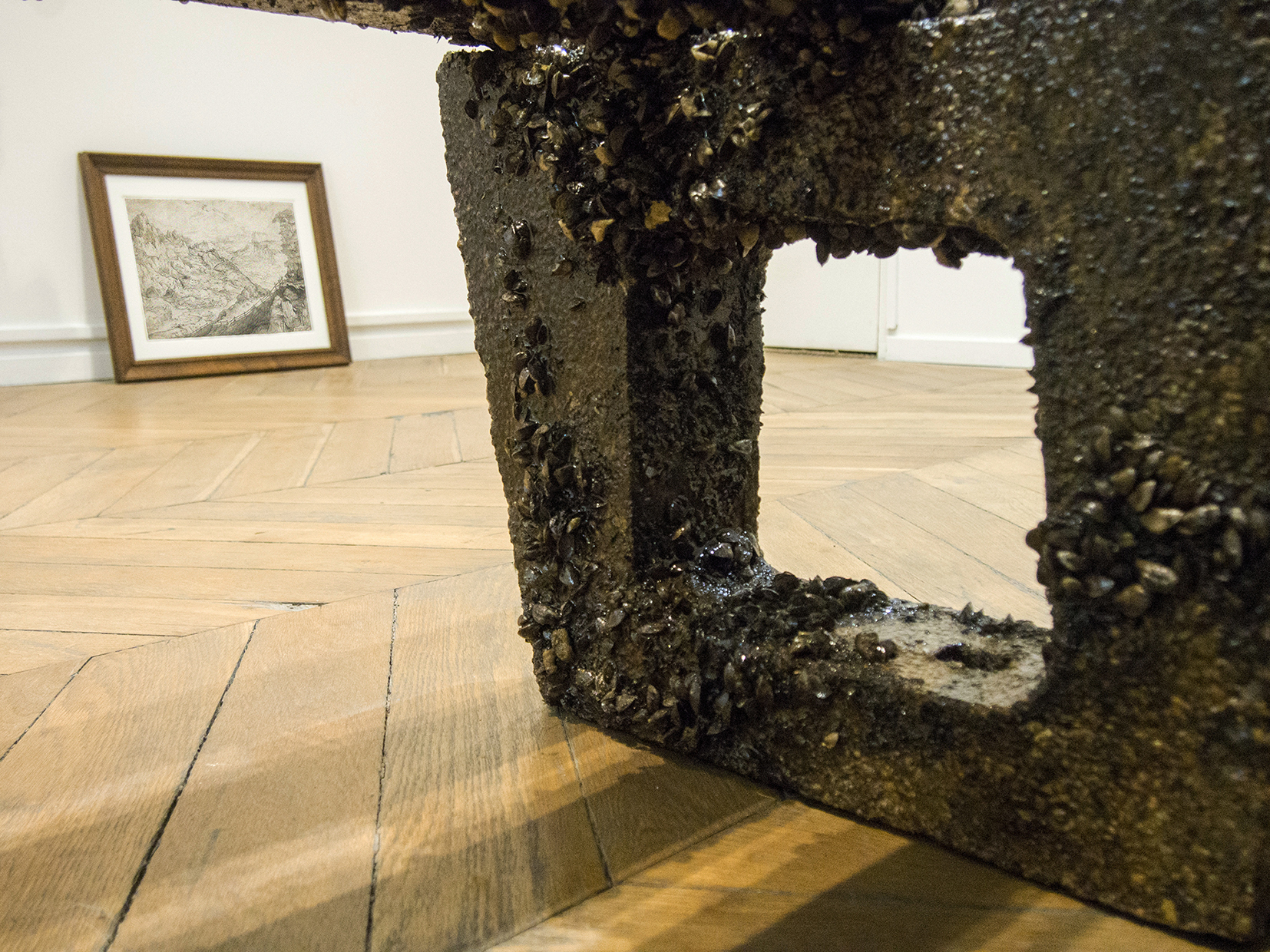
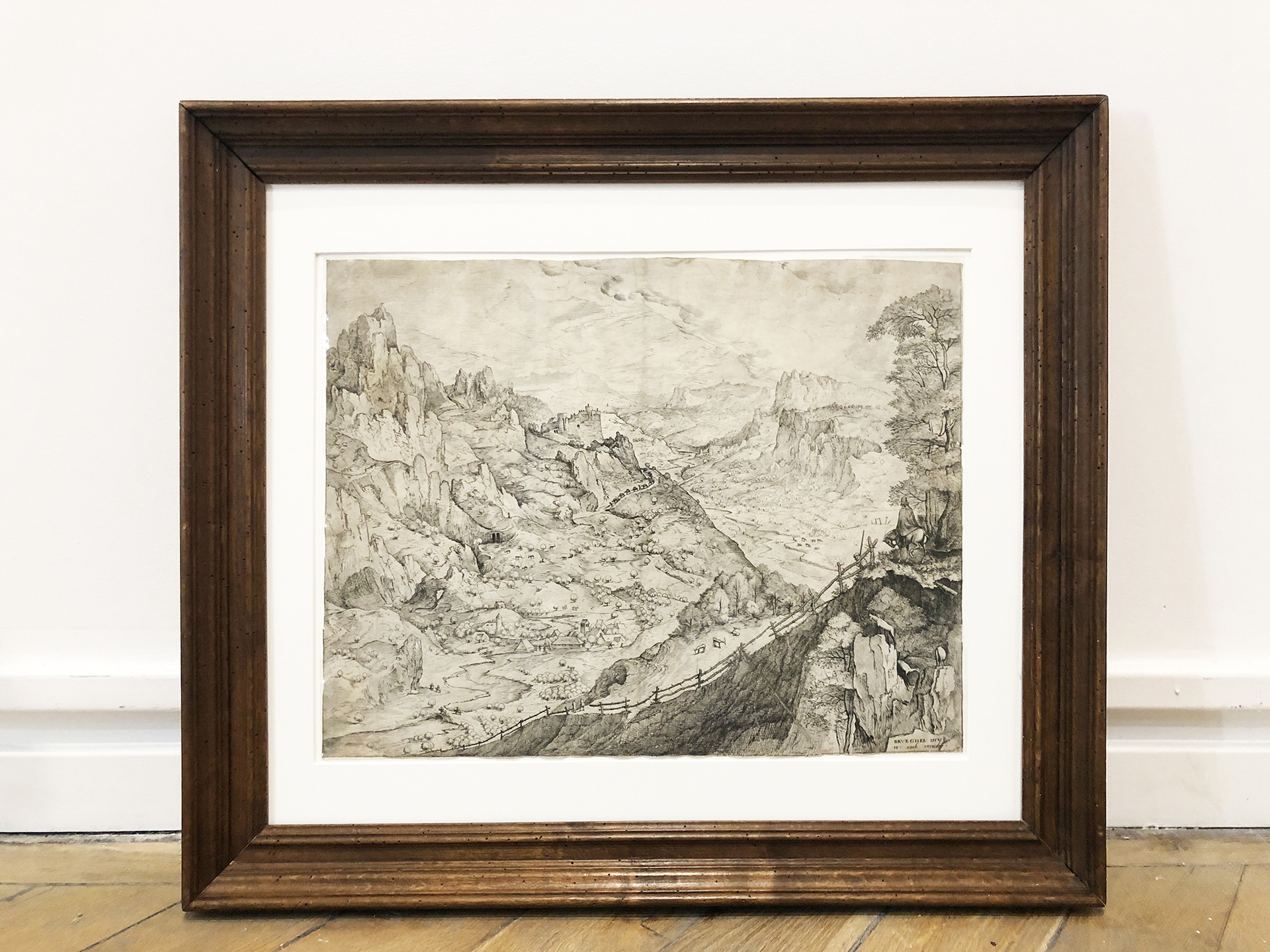
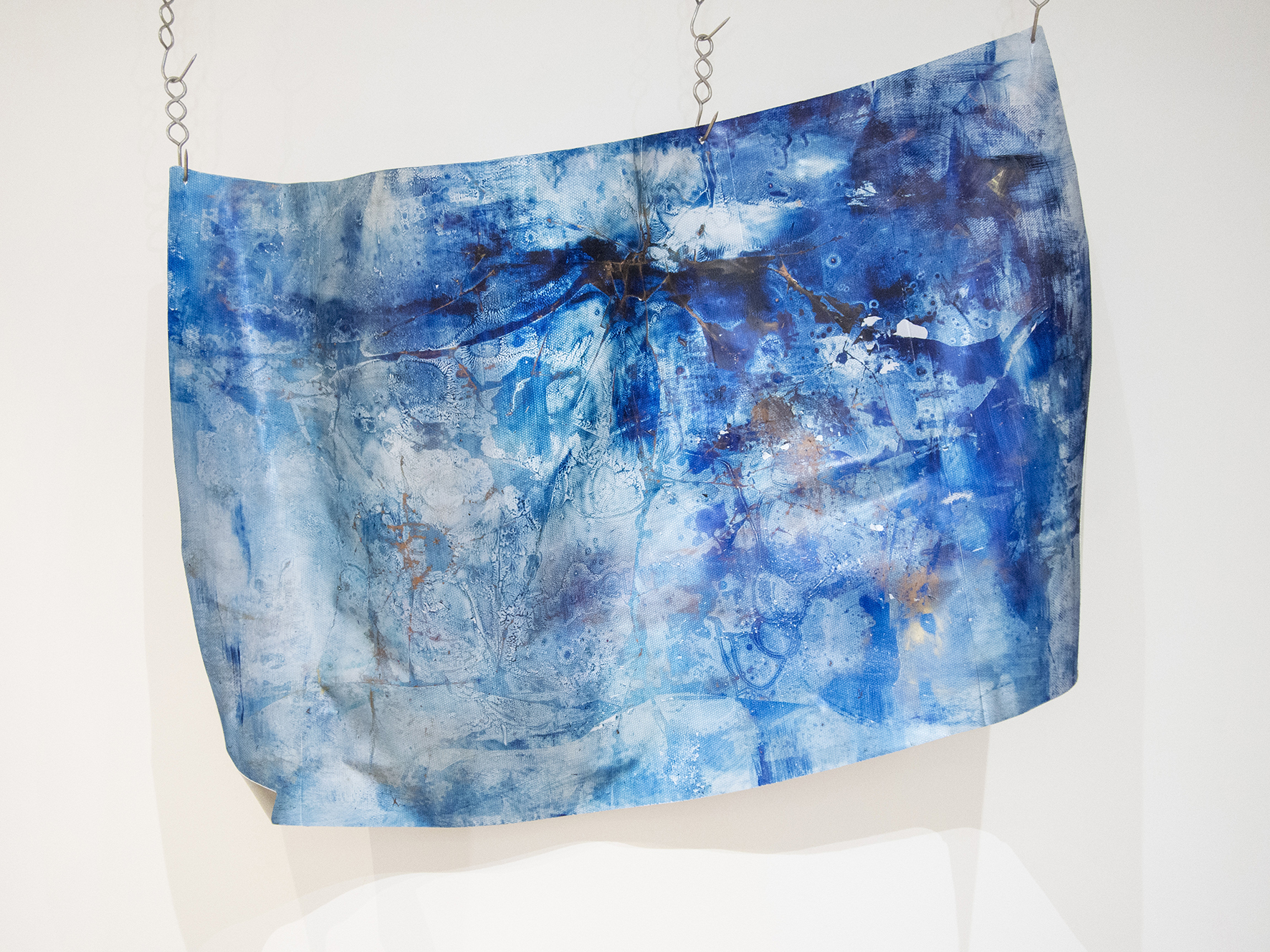
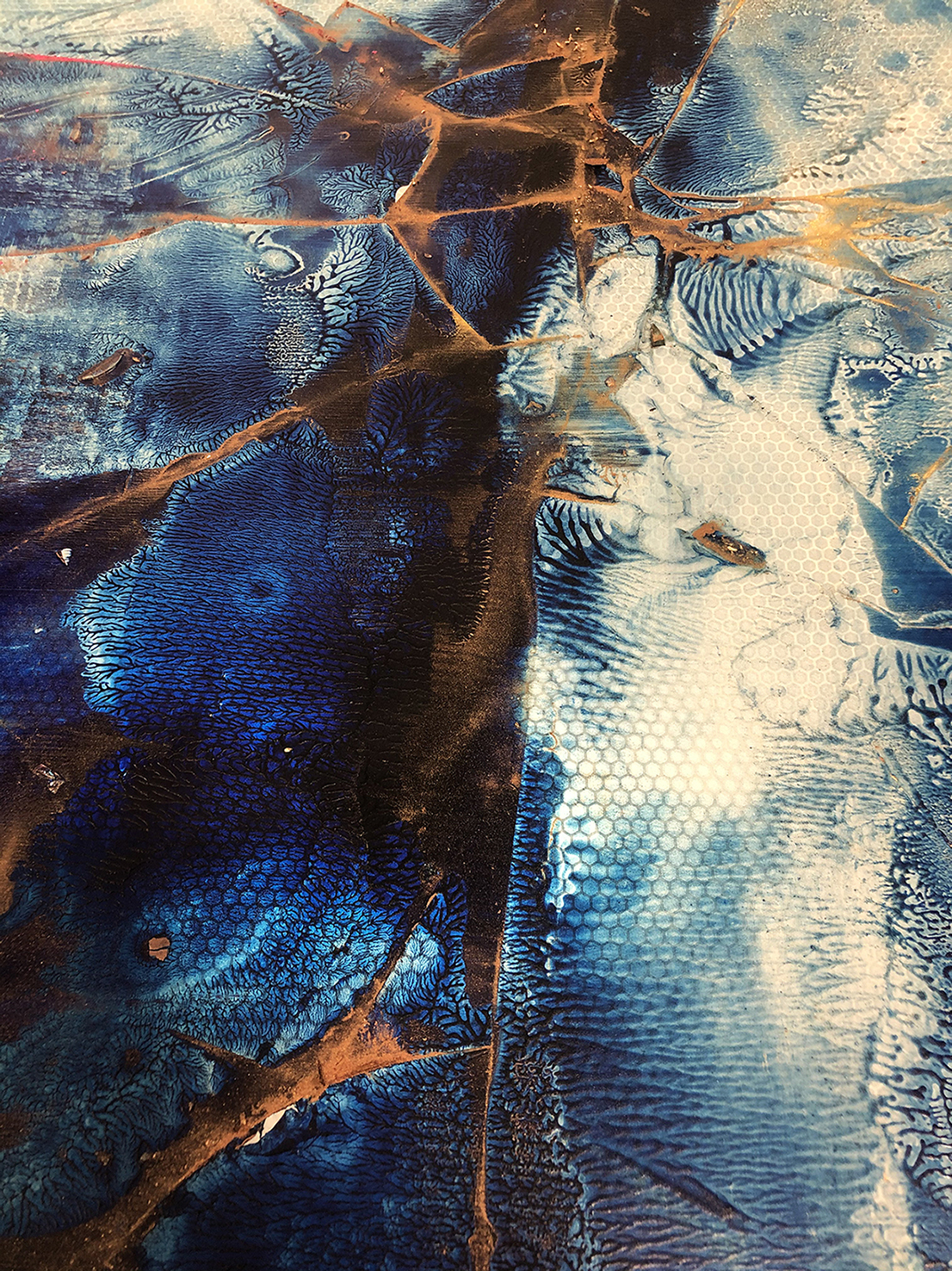
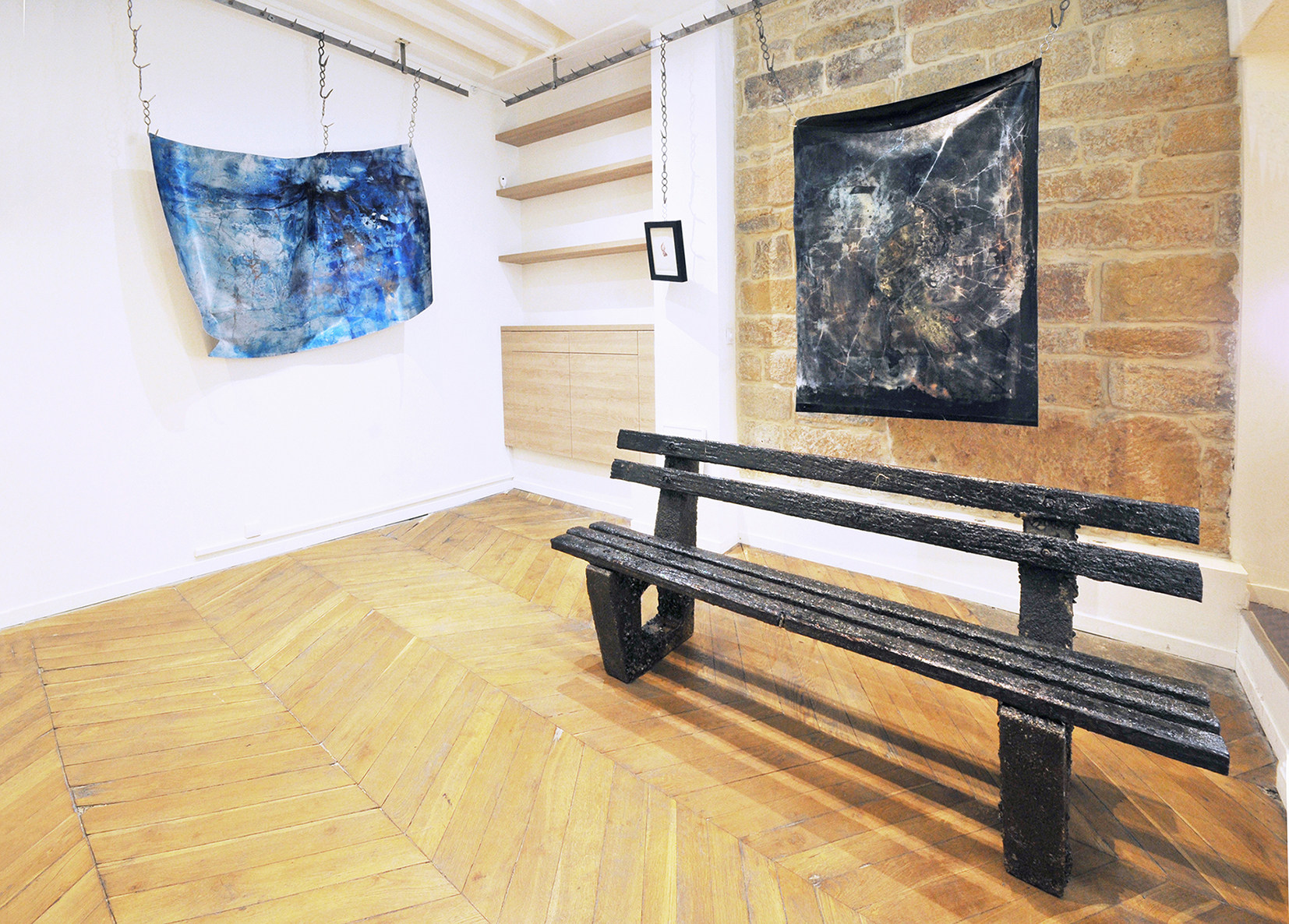
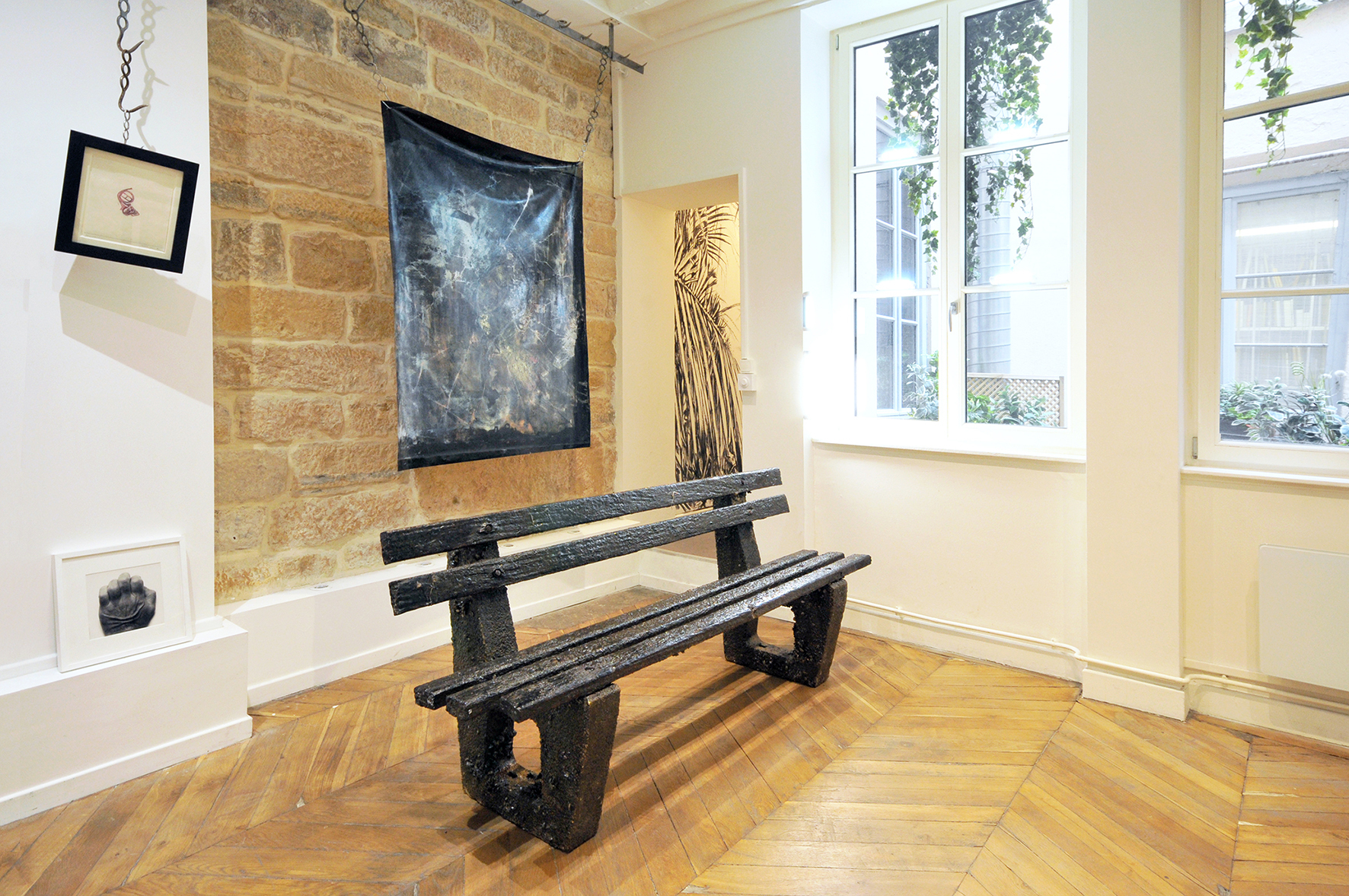


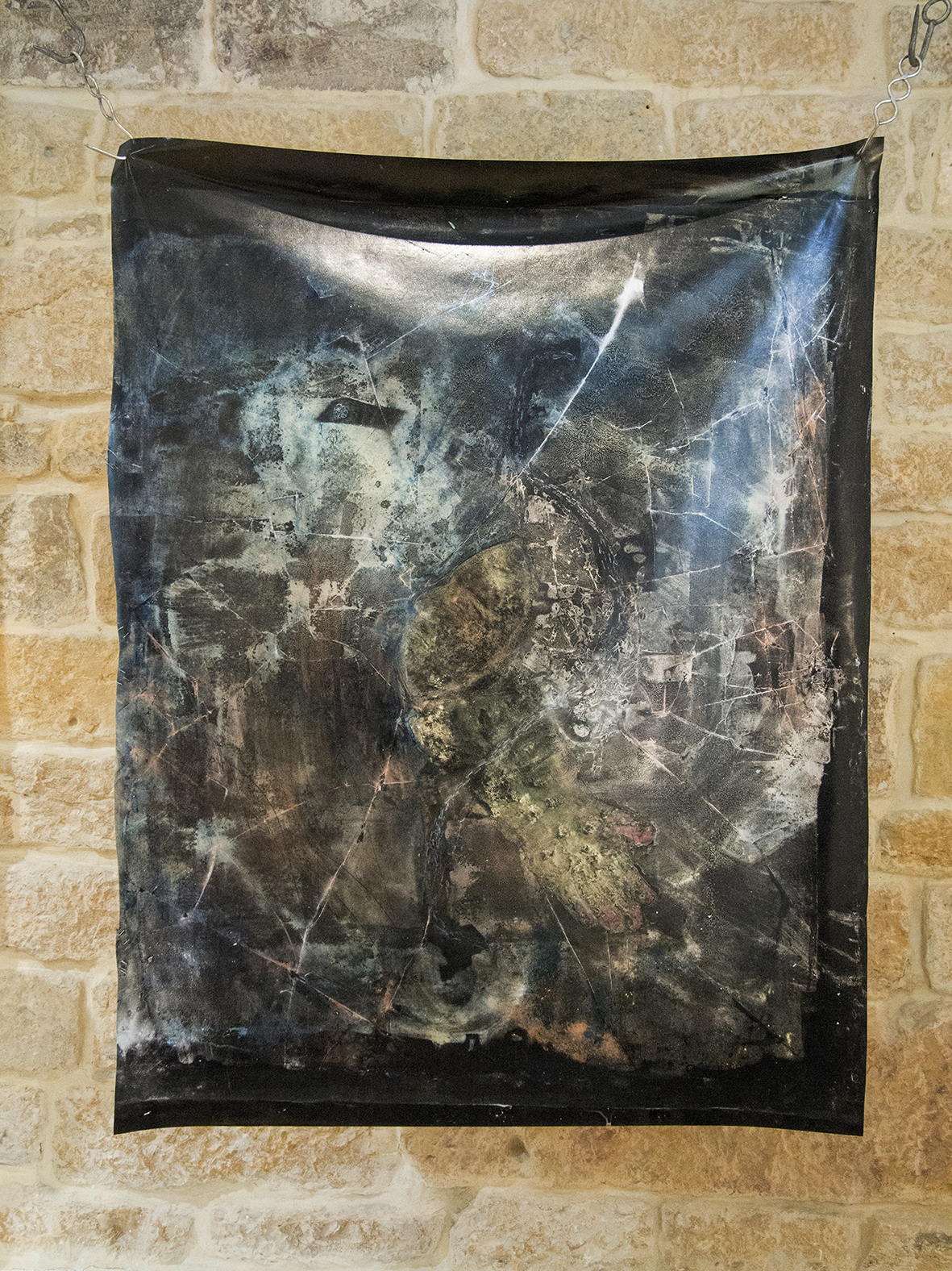


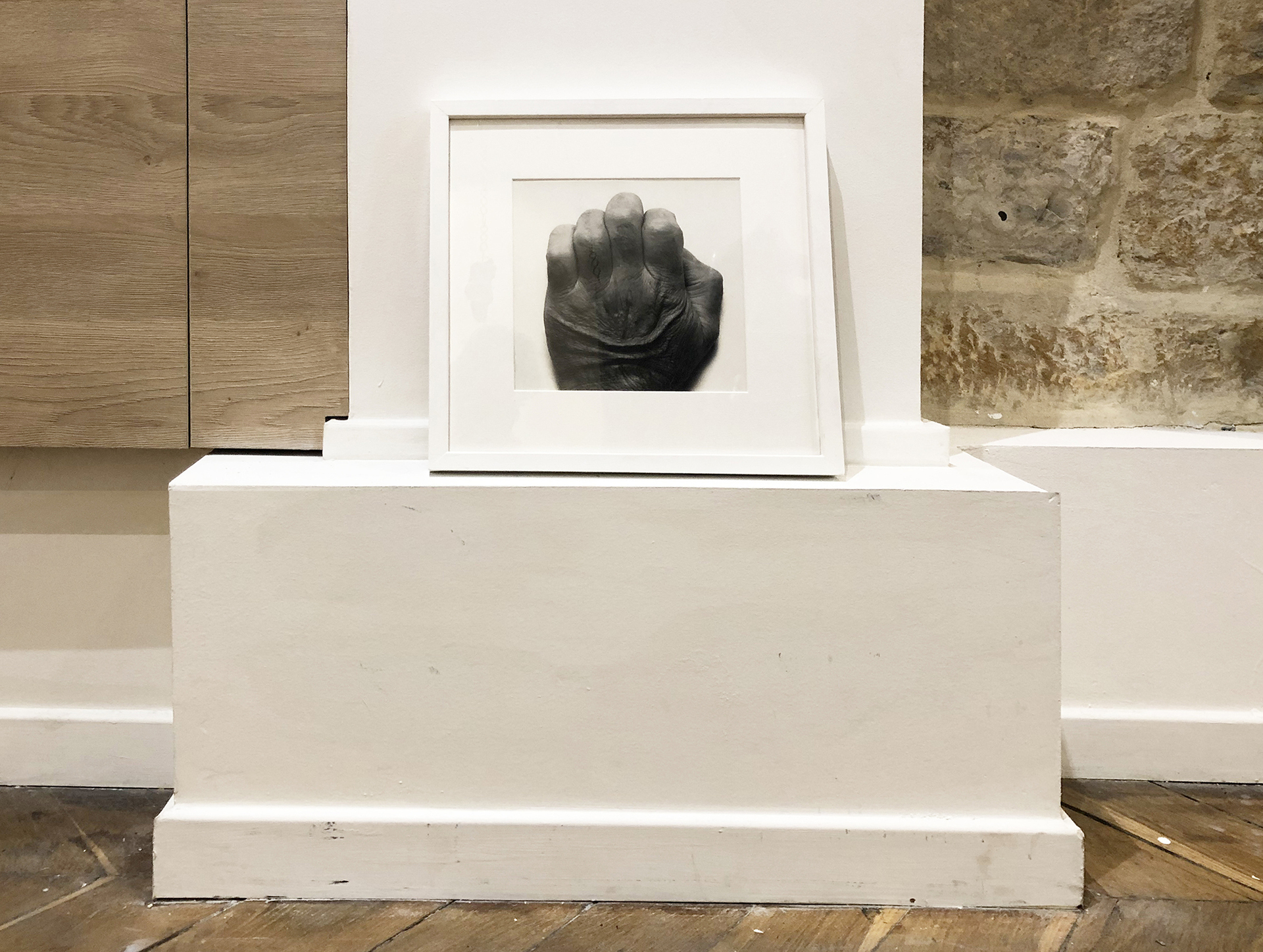
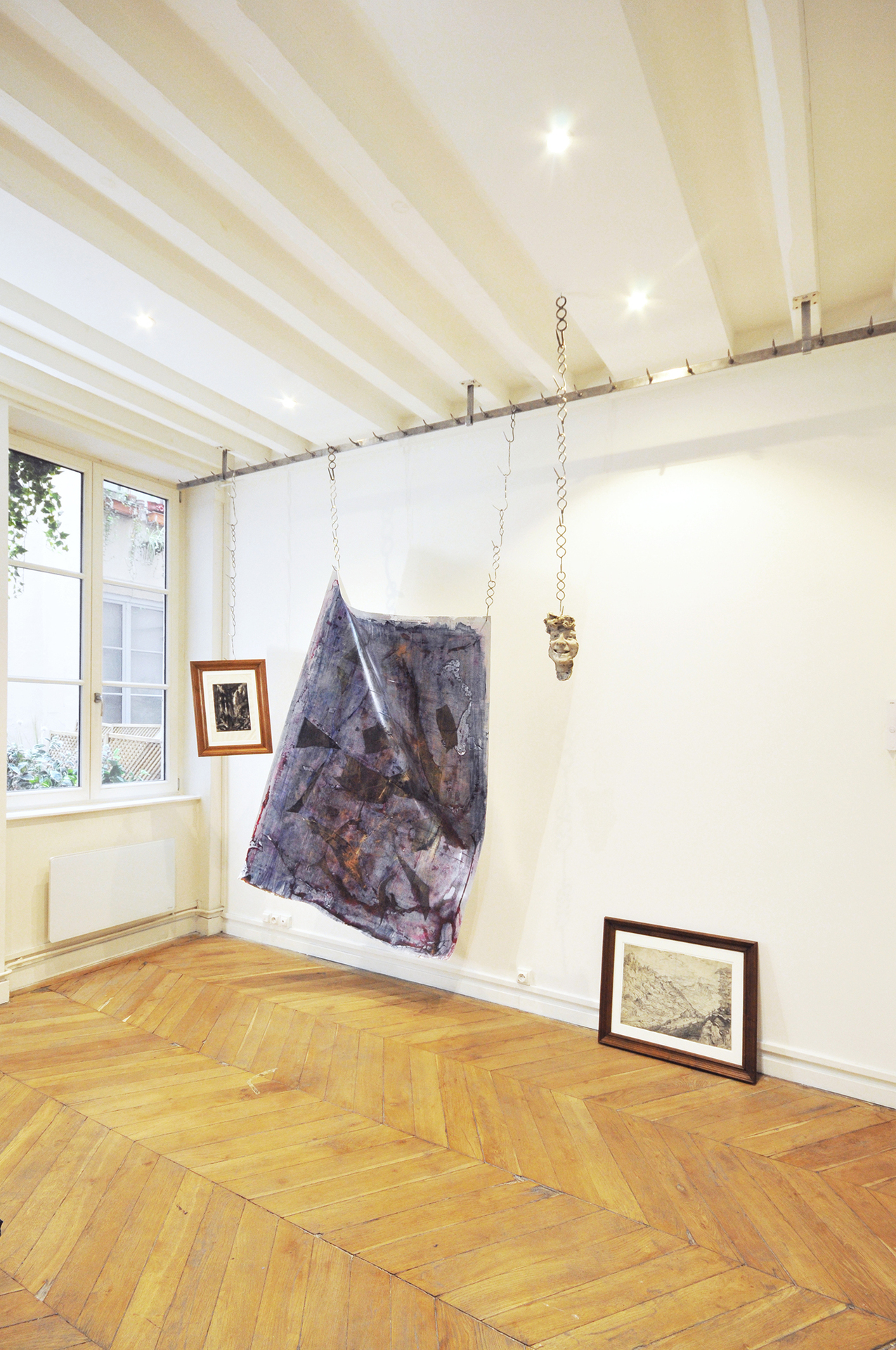
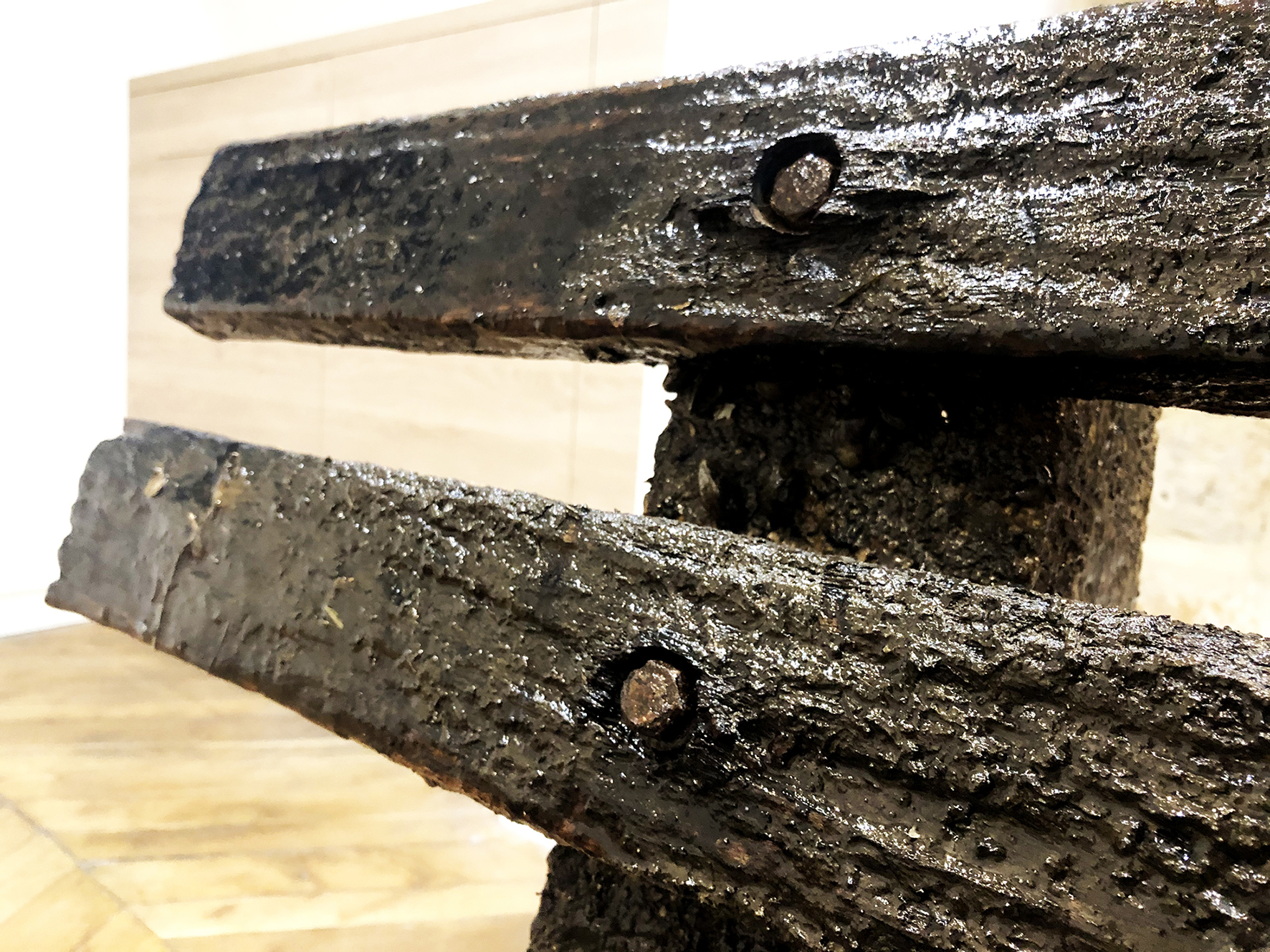
Location
Le 1111Date
10.03 –07.05.2021Curator
Christel MonturyPhotography
Christel MonturySubheadline
INTERIOR and the collectors is hosted by Le 1111, an ancient, modern and contemporary art gallery/apartment in Lyon to present ANTICHAMBRE, a solo show by french artist Fabien Villon with works from Antoine Bourdelle, Pieter Bruegel the Elder, John Coplans, Max Ernst and Gustave Moreau. The artist and the curator had a complete freedom to choose in Laurent Giros' collection some ancient and modern artworks to create a dialogue with his own work. Fabien Villon showcases a site specific presentation and questions our relationship to progress through accident, landscape, spirit and time passing. The exhibition is curated by Christel Montury, cofounder of the artist-run space INTERIOR and the collectors.Text
If the title of Fabien Villon's show, Antichambre (antechamber), refers to the modest size of the room where it is held, it refers even more to the experimental approach that the artist has initiated for the production but also the presentation of his new works. The antechamber preceded the parade room in the rich mansions, and this old-fashioned place was devoted to all sorts of spontaneous but never formal activities.
In fact, the hanging imagined by Fabien Villon for his paintings (which are not really paintings) has nothing formal or regulatory. These "skins", as the artist prefers to call these tarpaulins without stretchers, are hung on hooks in such a way that they hang a little awkwardly, at the same time well held, but hardly tense.
The artworks display a kind of crumpled negligence that is confirmed at first by the uneven mess that their surface reveals, which is only traces of folds, creases, knots, streaks, bluish drips in blackish marbling, splashes. One has the impression that the tarpaulins are dug of breaches, swollen of reliefs, and that born of chaos, they are doomed to carry the stigmata of it. In fact, each tarpaulin keeps the imprint of what it has been applied to: an unmade bed of broken windscreens. Loaded with various powders (copper, silver, gold, volcanic, magnetic, pigments), chosen for their propensity to reveal imprints and to reflect light, these "skins" are thus flayed alive that have seen and touched the disaster, the accident that one takes in the face and of which Fabien Villon flatten the remains before freezing it to glue back the pieces and underline the scars. The lines and stains, the oozing on the surface, are the prints of these accidents.
Accidental paintings, "skins" and raw nerves, the works also manage to confuse the eye, making it to see all the colors of the spectrum. Thus, what was under the tarpaulin, these things broken into a thousand pieces, does not remain completely in the shadows, since the tarpaulins make the negative beat in the open air (without frame) and in full light. But they keep in their hollow a cavernous opacity, in which one does not distinguish anything quite clear, that of the shadows which agitate, jostle, overlap in the limbo of the visible.
Worrying and raw, these works lead to the exhibition at 1111, curated by Christel Montury (co-founder of the artist run space Interior and the collectors) with pieces from Laurent Giros’ collection. They first drag them into the same hanging backlash: the face grimacing with a forced smile, signed Emile Bourdelle, hangs in the air by a thread while Gustave Moreau's engraving ("La Tête et la Queue du Serpent" / Snake’s head and tail) remains askew and a Brueghel print remains on the floor. This non-linear presentation should be seen as a license, a way out, given to masterpieces whose adventurous spirit only asks to get out of the rut. It is about works that work in the dark, the heart, the spirit, the landscape, the time. Works born of expert hands (like the one Coplans photographed) that sculpt their motifs and chisel them to lift the darkness without erasing the beauty. The shadow shape of this large hand that appears in Fabien Villon's "Scaphandre" (diving suit) is from this point of view one of the keys to the exhibition, as it seems both tender and monstrous. The bench, worm-eaten and covered with sediment after decades spent in the waters of the Saône, is the seat of the "antechamber". It is at the same time the one who has seen some pass and who will see others. The one who comes up from the bottom of the waters, loaded with the traces of the past and of the disaster, without having been struck down.
Judicaël Lavrador
Judicaël Lavrador